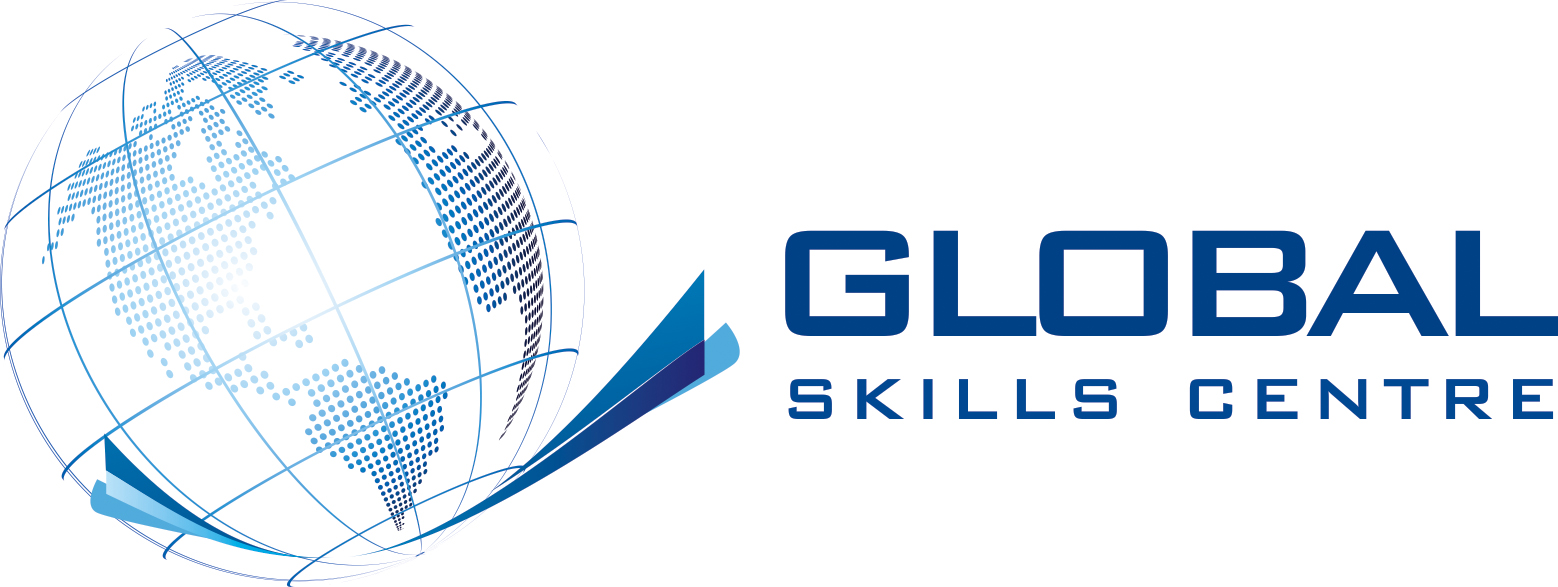Written consent agendas are a governance tool which allows nonprofit boards simplify meeting procedures. They incorporate routine and non-controversial topics into an organized grouping that can then be put to a vote and incorporated into the board minutes. This method allows for shorter meetings and more time to discuss higher-priority subjects.
Typically these routine items include financial reports (with accompanying budgets) committee updates, approval of the most recent draft of the minutes of the board’s meetings and other items that are not controversial. These items are added to the agenda prior to a meeting. They are then reviewed by the board and taken up by the group at the start of the meeting.
Before voting in the meeting, the chairperson on the board can inquire if a board member wants to move a specific item from the consent agenda to the regular discussion section of the meeting. This allows each board member to clarify or raise concerns prior to the vote on grouping and also ensures that no unintended issue was missed when gathering details for the board to consider.
A well-crafted consent agenda can be a useful tool for nonprofit boards to use for meeting efficiency, creating board director engagement and enhancing productivity. However it is crucial to note that the consent agenda is not to be used for any item that requires in-depth discussion or thoughtful consideration, or where a discussion could alter the outcome of the issue or impact. It is only used to address issues that can be resolved without discussion, and the outcomes of all votes should be recorded in the board’s minutes.
The influence of new technologies on the processes of modern mergers and acquisitions
